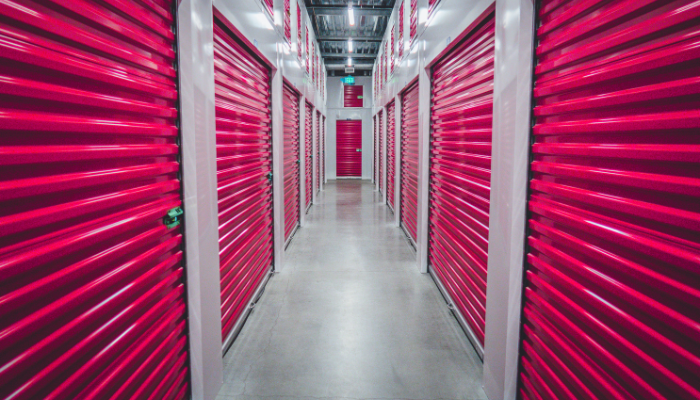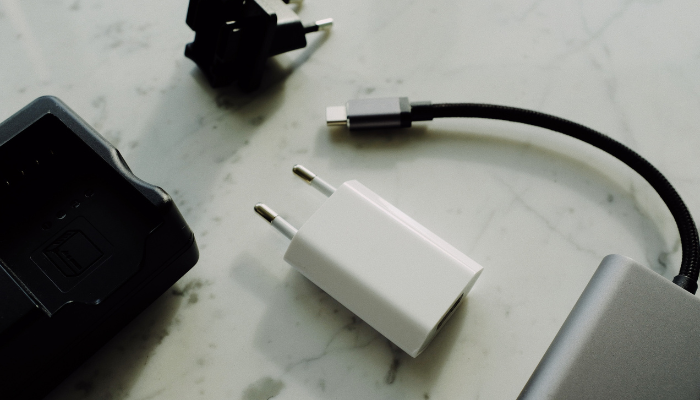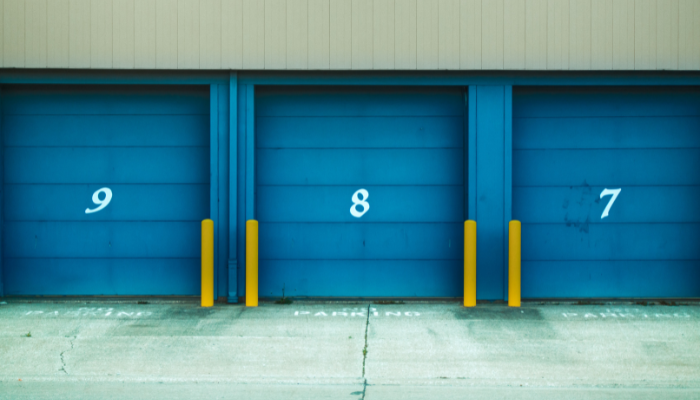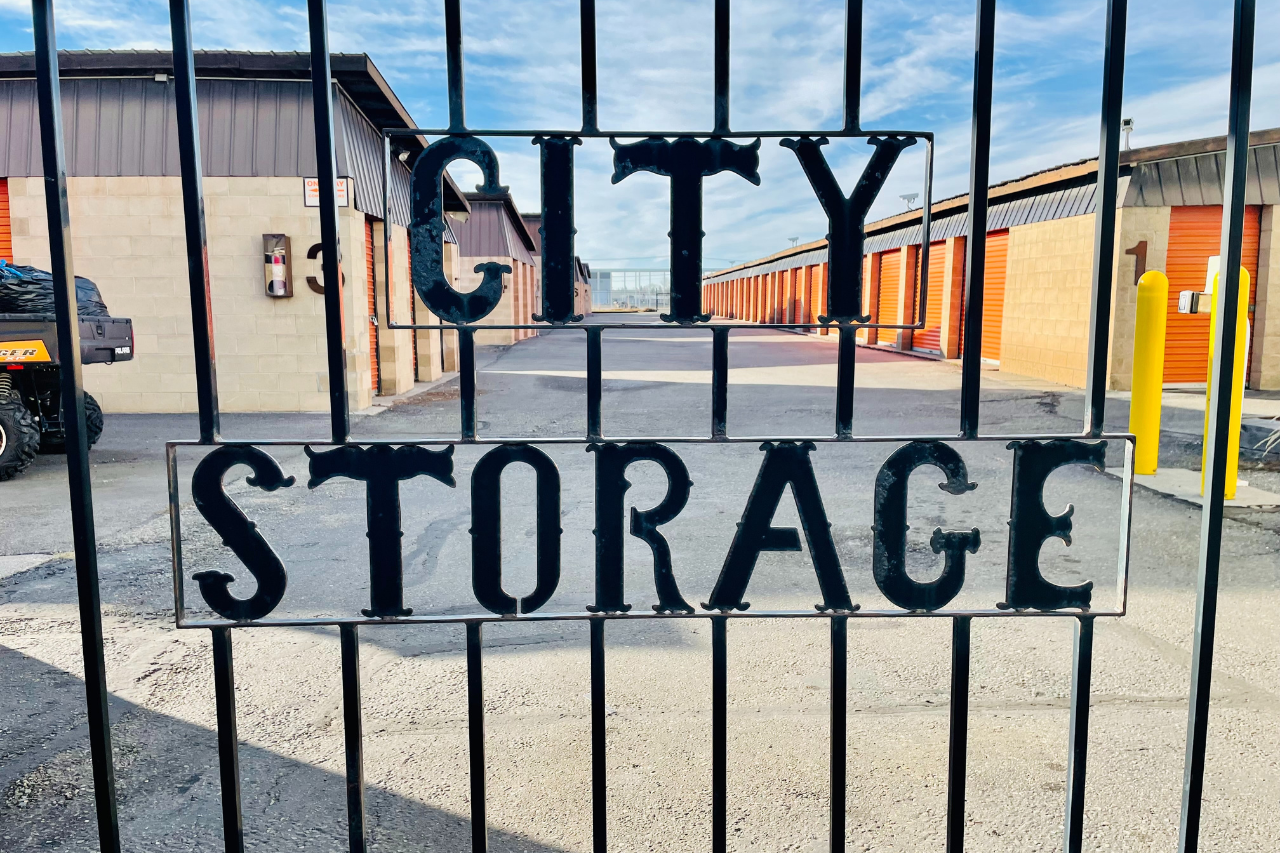The decision to keep your household goods in a storage unit should be based on your personal circumstances and priorities. If you decide to go ahead with it, be sure to choose a reputable storage facility, properly prepare your items for storage and keep an inventory of what you’ve stored for easy retrieval later. And, if you need some useful tips and tricks for preparing your items for storage, keep reading.

Read more: How to Choose the Right Self-Storage Unit Before Moving Out?
What should I consider before renting a storage unit?
I. Space: If you’re running out of space in your home, a storage unit can be a good solution to keep your household items without cluttering your living
space.
II. Security: Storage units typically offer a secure environment to store your items with security measures such as surveillance cameras, electronic gate access and security personnel.
III. Protection: If you’re storing items that are sensitive to temperature, humidity or other environmental factors, a climate-controlled storage unit can help protect them from damage.
IV. Convenience: If you’re moving, traveling or downsizing, a storage unit can provide a convenient place to keep your items until you’re ready to retrieve them.
V. Cost: Storage units come with a cost, so you’ll want to weigh the expense of storing your items against the cost of alternative solutions, such as donating, selling, or disposing of them.
How to prepare personal items for storage?
Preparing personal items for storage requires some planning and organization. Here are some tips to help you prepare your personal items for storage:
- Clean and dry your items: Make sure your items are clean and dry before packing them for storage. This will help prevent mold and mildew from
forming. - Sort and categorize: Organize your items by category (e.g., clothing, electronics, books) to make it easier to pack and unpack later.
- Use proper packing materials: Use high-quality packing materials such as sturdy boxes, packing tapes and bubble wraps to protect your items during storage.
- Label your boxes: Label each box with its contents and the date it was packed. This will help you find what you need later and keep track of how long items have been in storage.
- Store items in a climate-controlled unit: If you’re storing items that are sensitive to temperature or humidity such as electronics, artwork or antiques, consider renting a climate-controlled storage unit.
- Store items off the ground: Keep your items off the ground by using pallets or shelving units. This will help prevent moisture and pests from damaging your items.
- Use vacuum-sealed bags: For clothing, bedding and linens, consider using vacuum-sealed bags to save space and keep them clean.

Read more: Do You Need Moving Insurance?
How to prepare furniture for storage?
Preparing furniture for storage requires some preparation and care to ensure that it stays in good condition. Here are some tips to help you prepare your furniture for storage:
- Clean your furniture: Before storing your furniture, clean it thoroughly to remove any dirt or debris that could damage it. Use a soft cloth and a mild cleaning solution appropriate for the material.
- Disassemble your furniture: If possible, disassemble your furniture to save space and make it easier to transport. Label the pieces and hardware so you can easily reassemble them later.
- Protect your furniture: Cover your furniture with a protective covering such as a moving blanket, plastic wrap or a specialized furniture cover to protect it from dust, dirt and scratches.
- Keep furniture elevated: Avoid storing your furniture directly on the floor, as moisture could damage it. Use pallets, blocks or a shelving unit to keep your furniture elevated.
- Store in a climate-controlled unit: If you’re storing wood, leather or other materials that are sensitive to temperature or humidity changes, consider renting a climate-controlled storage unit to keep your furniture in good condition.

- Avoid stacking heavy items on top: Don’t stack heavy items on top of your furniture as it could cause it to warp or bend. Instead, keep your furniture in a standing position or lay it flat.
- Protect table legs and chair arms: Cover table legs and chair arms with bubble wrap or foam to prevent scratches and damage during transport and
storage.
How to prepare electronics for storage?
- Remove batteries: Remove batteries from electronics to prevent damage from battery leaks.
- Back up data: If you’re storing computers, phones or other electronics with data on them, be sure to back up your data before storing them.
- Protect your electronics: Cover your electronics with a protective covering such as specialized electronics cover, bubble wrap or plastic wrap to protect them from dust, dirt and scratches.
- Use original packaging: If possible, use the original packaging to store your electronics. The original packaging is designed to protect the electronics during transport and storage.
- Label cables and accessories: If you’re storing electronics with cables and accessories, label them and store them together in a labeled plastic bag. This will make it easier to reassemble everything later.

- Store in a climate-controlled unit: If you’re storing electronics that are sensitive to temperature or humidity changes, consider renting a climate-controlled storage unit to keep your electronics in good condition.
- Do not stack electronics: Don’t stack electronics on top of each other as it could cause damage. Keep them in a standing position or lay them flat.
If you have any useful tips and tricks for preparing items for storage, please share them in the comment section below.


